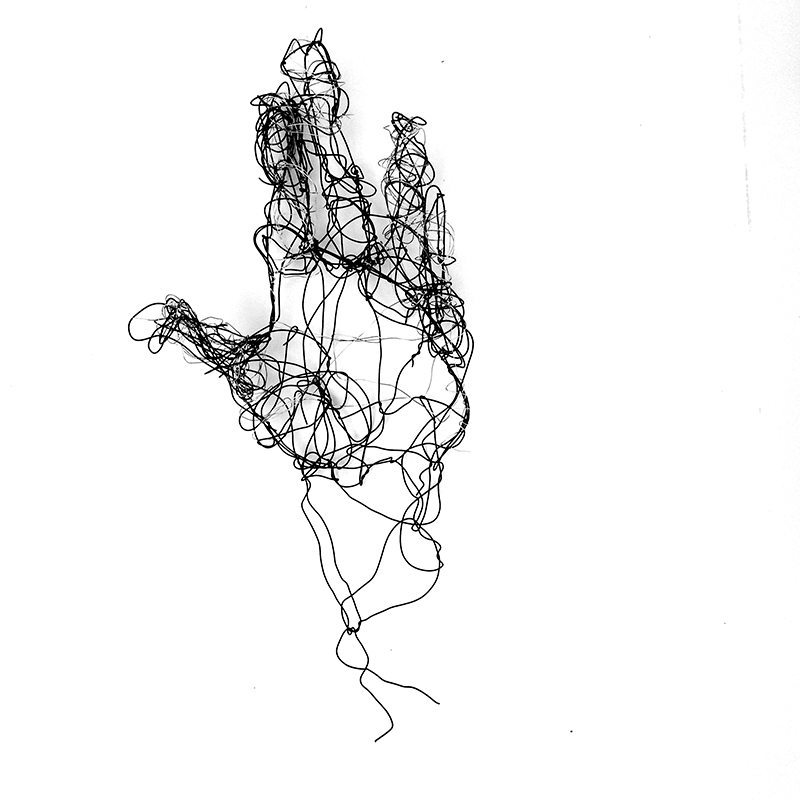Modes of Remembrance: The Act & Art of Remembering
Modes of Remembrance, The Act & Art of Remembering, was a series of sculptural interventions, which formed an investigation and response into the monuments and memorials in St Giles-in-the-Fields Church, London, and their relationships with the space itself. The show explored ways of making, commemorating, remembering and forgetting.





“I want to know how these objects communicate ideas about who is valued,how we value them, the changing tastesand conventions of remembrance.”
Response to Grace Adam’s Modes of Remembrance: The Act and Art of Remembering.
Grace Adam’s hassocks, in their neat ranks, command respect but almost in a memorial way, removed from their utilitarian purpose. They are touchstones, little markers. Some are black, some in shades of green, they have a creaturely aspect, with their tails of ribbon. By covering them in different fabric she has brought them out from under the pews and made them unfamiliar yet homely. It is her arrangement of them in the church that makes us reconsider their purpose. Why should we kneel? Who kneels now?
Andrew Marvel, the 17th C. poet buried here in this, the Poets’ Church, was an advocate of carpe diem. In his best-known poem ‘To His Coy Mistress’ he exhorts us to seize the day and enjoy pleasure while we can. How irreligious! Grace’s installations draw us even further away from worship and ask us to think about how we remember those who are dead and how we construct those memories.
We are remembering our place in society, our ancestors, our position relative to the Church and what it stands for. In thinking of death and remembering we naturally think about life: back to Marvel and his live-in-the-moment philosophy. We will be dead a long time, he says, let us enjoy ourselves now! And we may not be remembered for long. Many in this church, though memorialised in stone, have been forgotten. And what of memory? We embellish and elaborate, weaving our own tales of the past. The delicate yet strong wire hands that hang in a swag below John Flaxman’s plaque echo this dichotomy in memory: we believe our memories because we have created them and filter them through our own later experiences. Memory is both fact and fiction. Grace’s works remind us that our memories of the dead can be formalised in different ways: her list of the most commonly used epitaphs; or more precariously and disjointedly in the form of a bright yellow ladder propped against a column. Its erratic rungs and tapering sides discourage climbing though it might link heaven and earth.
Grace’s hanging hawthorn roots have a very solid presence. Though cut out of the soil and joined together by the artist they continue to have a sinewy, live aspect in keeping with hawthorn’s ancient presence throughout the British Isles. The clumped root-ball is a heart with arteries in all directions linking us to the many pasts of St Giles and also to its future: the dead who are remembered here, the living who take refuge, those who come to pray and sit (or perhaps kneel) with their memories.
Jennifer Grigg poet and editor, Green Bottle Press